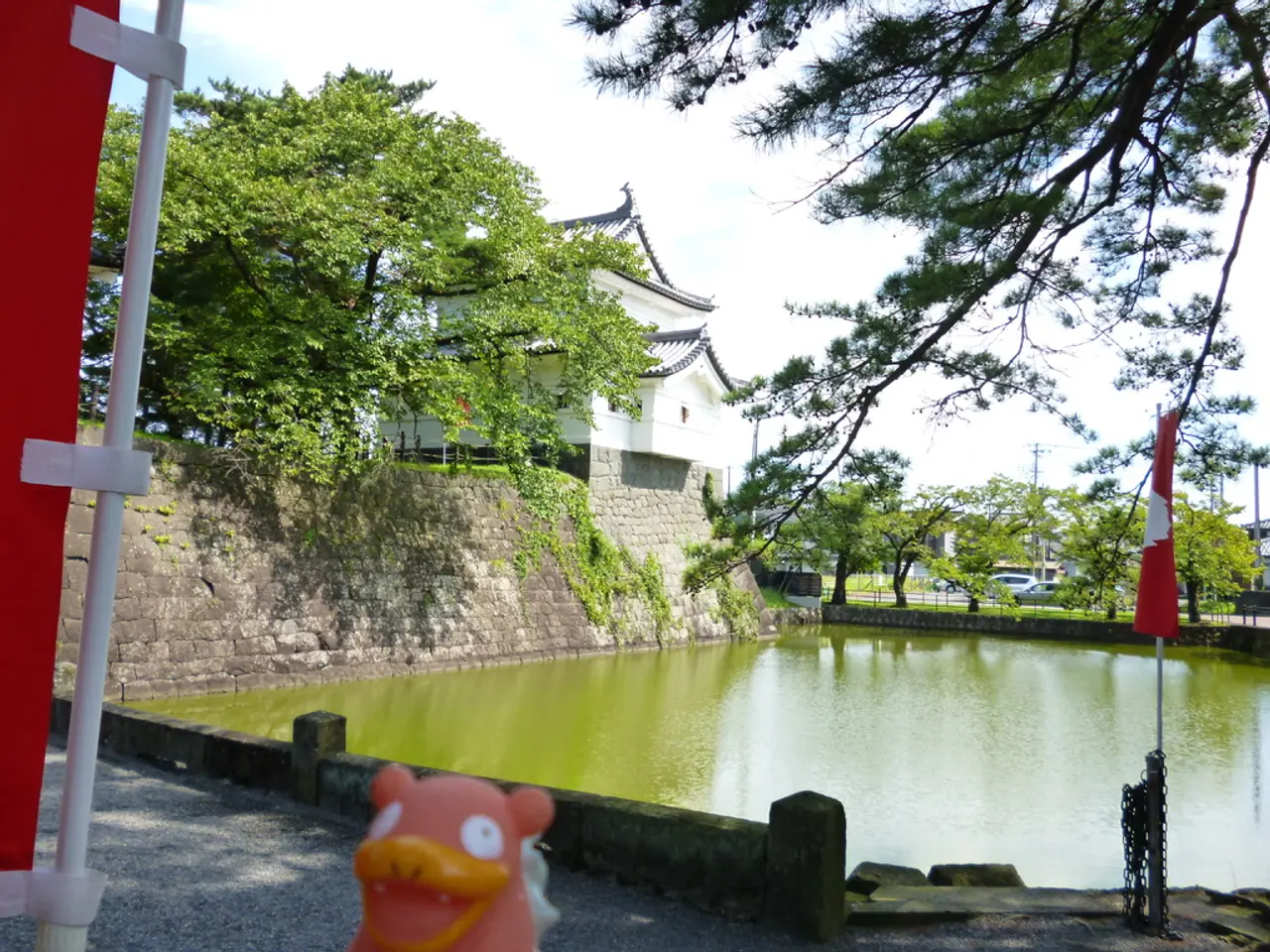Excessive use of artificial lighting in gardens can have unexpected negative impacts; here's a guide to illuminating your garden in an eco-friendly manner.
In a bid to create a more wildlife-friendly garden, award-winning wildlife writer Kate Bradbury emphasizes the importance of providing darkness for both diurnal and nocturnal wildlife. This is crucial as artificial lighting, known as ALAN, has wide-reaching effects on various organisms, including animals, plants, and microbes.
One of the most pressing and imminent threats to global biodiversity, according to DarkSky International, a global organization combatting light pollution, ALAN can disrupt natural light-dark cycles essential for plants and animals.
To minimize its impact, consider the following expert recommendations:
1. **Choose Warm Amber LED Lighting**: Opt for warm amber LED lighting at around 2,200 K rather than blue or cool white lights. Blue light (above 4,000 K) scatters more and disrupts the biological clocks of wildlife, affecting their growth and reproduction.
2. **Minimize Artificial Light**: Install only necessary landscape lights to illuminate paths and entrances for safety, avoiding over-lighting which can disrupt natural light-dark cycles.
3. **Use Timers and Motion Sensors**: Utilize timers and motion sensors to turn lights off when not needed during the night. This helps maintain natural rhythms in wildlife.
4. **Shield or Direct Lights Downward**: Shield or direct lights downward and avoid upward or horizontal light spill to reduce light pollution, which interferes with behaviours like roosting of birds and affects insects like fireflies.
5. **Limit Use of Pesticides and Leave Natural Yard Debris**: Limit the use of pesticides and leave natural yard debris, such as leaves, in your garden, as these provide important habitats for insects like fireflies that are sensitive to both chemical use and light pollution.
Implementing these measures will help create a more wildlife-friendly garden environment by preserving natural nighttime conditions and supporting pollinators and other beneficial species.
It's important to contain lights within gardens to prevent them from spilling into surrounding habitats. Garden designers and makers can do more to inform people about the impacts of lighting on wildlife. People may be surprised to learn that lighting impacts wildlife, and it can be disastrous for creatures such as moths, bats, robins, blackbirds, and various insects. Studies suggest that artificial light affects normal foraging, migration, reproduction, and predation in wildlife.
By taking these steps, your garden can provide a refuge for wildlife if the use of artificial lighting is managed responsibly. If successful, cities plan to update other areas where pollinator activity is high to increase night-time pollination rates, such as the ongoing trial of pollinator-friendly street lamps in Lahiti, Finland.
[1] Bradbury, K. (2020). The Wildlife Garden: A Year in My English Garden. Bloomsbury Publishing. [2] DarkSky International. (2021). Light Pollution and Its Effects on Wildlife. https://darksky.org/light-pollution/wildlife/ [3] National Wildlife Federation. (2021). Garden for Wildlife. https://www.nwf.org/Garden-for-Wildlife [4] Natural England. (2018). Light Pollution: The Impact on Wildlife. https://www.naturalengland.org.uk/ourwork/biodiversity/wildlife-sites/light-pollution.aspx
- In the field of garden design, opting for warm amber LED lighting can help foster a wildlife-friendly environment, as it reduces disruptions to wildlife's biological clocks unlike cool white or blue lights.
- To conserve natural light-dark cycles vital for both plant and animal life, it's recommended to minimize the installation of unnecessary landscape lights, avoiding excessive lighting that may interfere with these cycles.
- To maintain natural rhythms in wildlife, utilizing timers and motion sensors to control garden lighting, ensuring they are turned off during the night, can make a significant impact.
- Shielding garden lights and directing them downward, rather than emitting light upwards or horizontally, can help curb light pollution, benefiting wildlife species like birds and insects.
- By limiting the use of pesticides and preserving natural yard debris, garden enthusiasts can create a haven for insects like fireflies, which are sensitive to both pesticides and light pollution.




